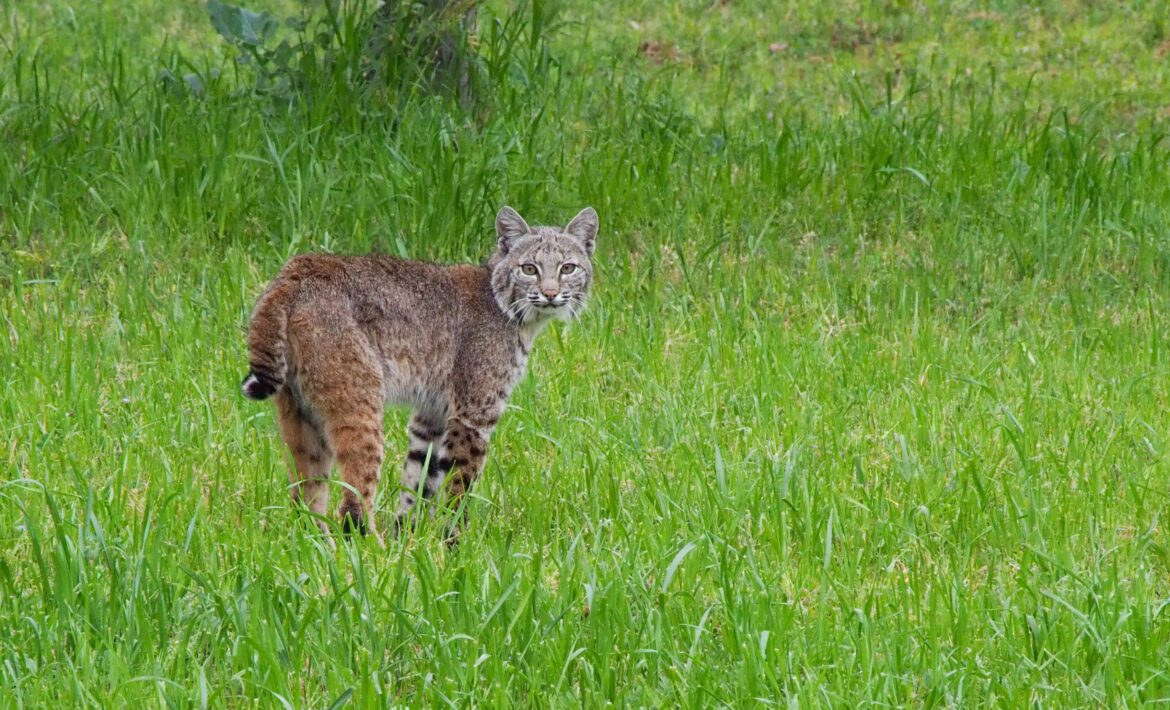Last week while I was working in my home office, I saw a juvenile bobcat outside my home office window. He was panting in the shade of the trees in my front yard and hung out for nearly half an hour. A few days later, I almost ran over a bobcat chasing a bunny in my neighborhood. Sadly, he succeeded in his pursuit of said rabbit.
In light of these middle-of-the-day sightings, a refresher on bobcat safety may be in order.
According to Steve Stoler, media relations director for the City of Plano, bobcats have never attacked a person in Plano’s history, even children. Bobcats are a wild cat species in the lynx family. Though undoubtedly adorable, bobcats are about twice the size of a housecat and are built for the hunt. Bobcats can run at speeds up to 30 miles per hour, are skilled swimmers and can leap up to 12 feet in the air to catch prey, according to National Geographic.
In Plano, bobcats can be seen chasing rabbits, squirrels and occasionally small pets. However, if a pet is small enough for a bobcat to consider it a meal, it is also small enough to be a meal for owls, hawks and eagles, Stoler notes.
If you see a bobcat, the City of Plano suggests making noise, throwing something or squirting it with a water hose to teach the bobcats that humans should be avoided. Though it is highly unlikely that a child would ever be attacked, parents should teach their children never to approach an unknown animal, especially a wild animal like a bobcat. They may be cute, but they are not cuddly.
To discourage bobcats from making a den out of a residence, remove outdoor food and water sources, keep an eye on small pets and eliminate any potential den sites, Stoler warns.
Bobcat dens can often be found in rocky caves, hollow trees or logs or earth dens that have been abandoned by other animals. The dens can be easily identified by a strong odor of urine sprayed at the den’s entrance, the Wildlife Rescue League said.





